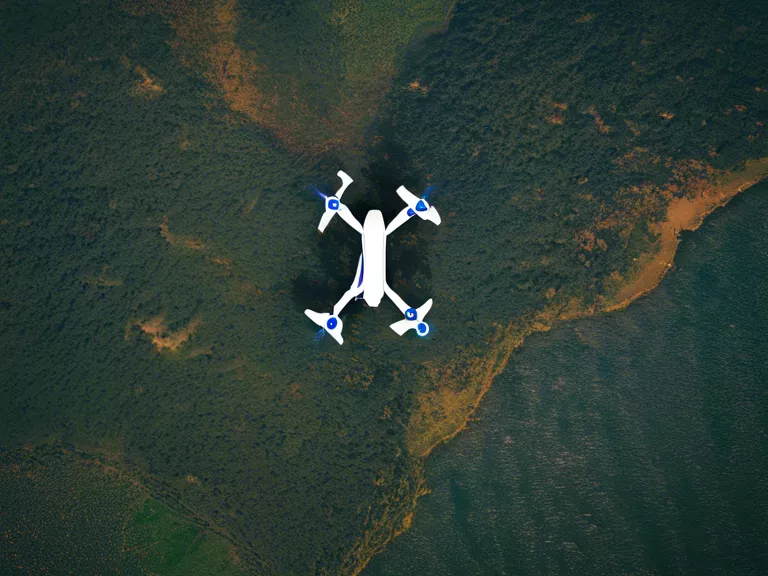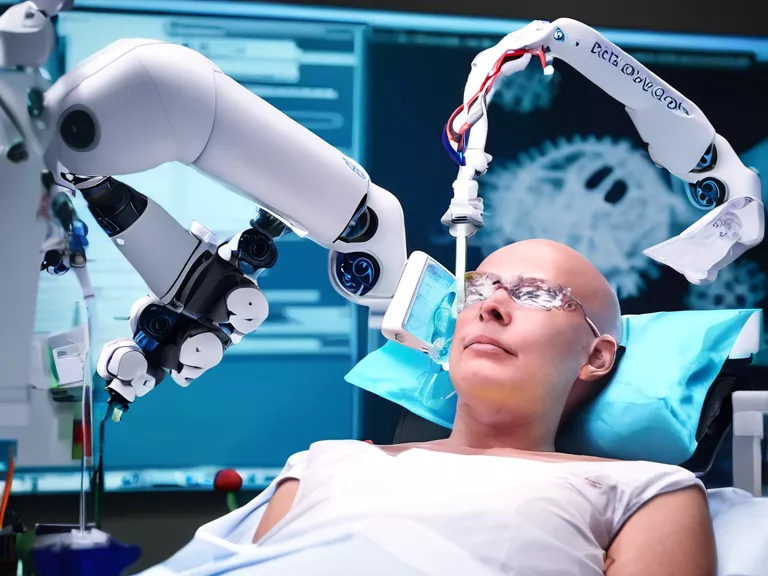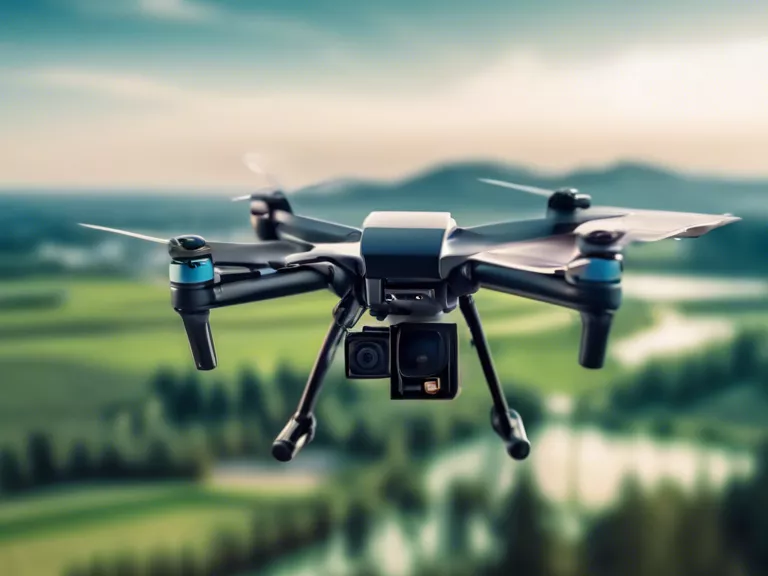
Artificial Intelligence (AI) technology is revolutionizing the way drones can be used in search and rescue operations. By integrating AI algorithms into drone systems, these unmanned aerial vehicles are now capable of performing complex search and rescue missions with greater efficiency and accuracy than ever before. In this article, we will explore how AI is enabling drones to excel in search and rescue operations and save lives in critical situations.
One of the key advantages of using AI in drones for search and rescue operations is the ability to analyze vast amounts of data in real-time. Drones equipped with AI algorithms can process data from various sensors and cameras onboard, such as infrared cameras, heat sensors, and high-resolution cameras. This data can be analyzed quickly to identify and locate missing persons or survivors in disaster-stricken areas, even in challenging and harsh environments.
AI algorithms can also help drones navigate through complex terrains and obstacles more effectively. By leveraging machine learning algorithms, drones can learn from past search and rescue missions to optimize their flight paths and avoid collisions with buildings, trees, or other obstacles. This capability is crucial for search and rescue operations in urban settings or dense forests where visibility is limited.
Furthermore, AI-powered drones can autonomously detect and classify objects of interest in the search area. For example, AI algorithms can identify human bodies, animals, or other objects in need of rescue based on predefined patterns and characteristics. This capability streamlines the search process and enables rescue teams to deploy resources more efficiently to save lives in critical situations.
In addition to search and rescue missions, AI-enabled drones can also assist in delivering medical supplies, food, and water to disaster-stricken areas. Drones equipped with AI algorithms can plan optimal delivery routes, avoid restricted airspace, and ensure timely delivery of essential supplies to affected communities. This capability is particularly valuable in remote or inaccessible areas where traditional means of transportation are limited.
In conclusion, AI technology is transforming the capabilities of drones in search and rescue operations. By harnessing the power of AI algorithms, drones can perform complex missions with greater precision, speed, and efficiency. As AI continues to advance, we can expect drones to play an increasingly vital role in search and rescue operations, ultimately saving more lives in critical situations.



